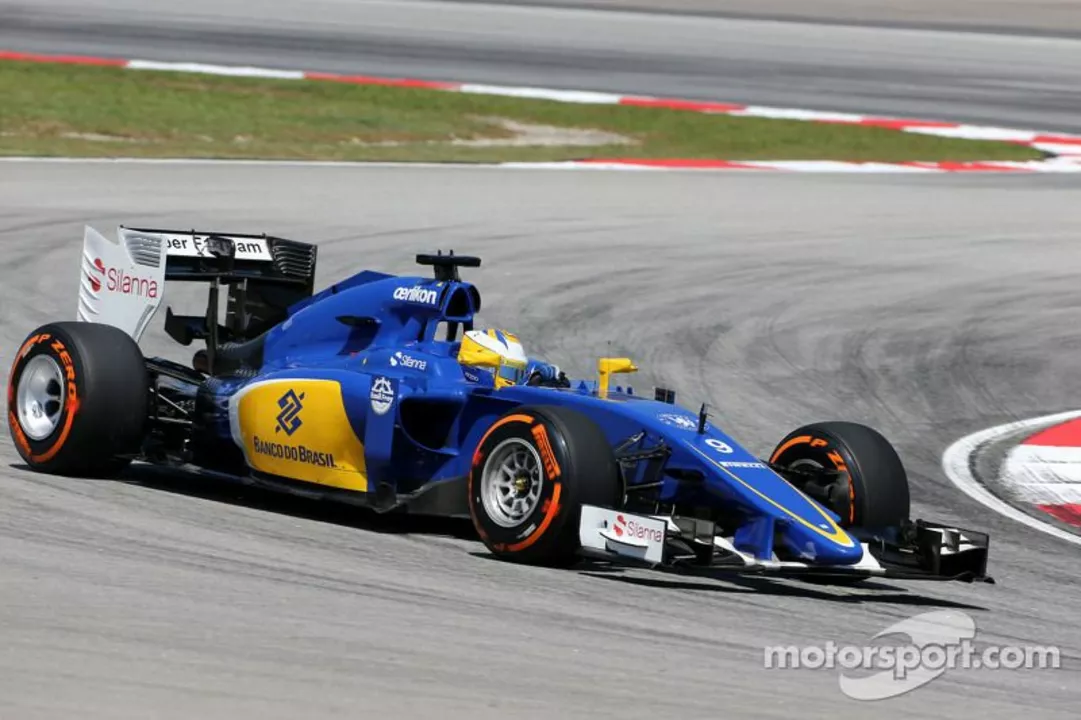Get Started in Motorsport: Simple Steps to Hit the Track
If you’ve ever felt the rush of a race car roar, you know it’s more than a hobby – it’s a craving. The good news? You don’t need a billionaire’s bankroll or a secret rally team to begin. Below are the real‑world actions you can take right now, whether you’re 19 or 39.
First Steps: Licences and Training
Every official race starts with a licence. In most countries, the entry‑level licence is called a National C or Club Karting Licence. To earn it, you’ll complete a short theory test and a few on‑track sessions. Local motor clubs usually run these courses on weekends, so you can fit them around work or school.
Combine the licence with a beginner driving school. Schools like the Bob Bondurant Performance Academy (near San Francisco) or smaller club schools give you hands‑on experience in a safe environment. They teach you how to brake, apex a corner, and manage fuel – basics you’ll use for the rest of your racing life.
Choosing the Right Car and Gear
Don’t buy a supercar straight away. Start with a used kart, a junior formula car, or a modest rear‑wheel‑drive road car that’s popular in club racing – think Mazda MX‑5, Honda Civic, or a well‑maintained older BMW. These machines are cheap to run, easy to repair, and proven on the track.
Safety gear is non‑negotiable. A certified helmet, fire‑proof suit, gloves, and shoes protect you when things go wrong. Many clubs have gear rental programs, so you can test different brands before you commit.
Budget matters, too. Expect to spend around £1,000–£2,000 for licence fees, school days, and basic gear. Car purchase and maintenance can range from £3,000 to £8,000 depending on the class you choose. Set a realistic monthly plan and stick to it – racing is a marathon, not a sprint.
Networking is your silent accelerator. Join online forums, attend local race weekends, and chat with seasoned drivers. They’ll point you to reliable mechanics, share discount codes for parts, and sometimes even offer a seat in their car for a practice run.
Finally, track time is the only way to improve. Book regular sessions, keep a notebook of lap times, and review video footage if possible. Small tweaks – adjusting your brake balance or changing your line through a corner – add up fast.
Getting started in motorsport doesn’t require a magic formula. It needs a licence, a modest car, proper gear, a budget plan, and a community that pushes you forward. Follow these steps, stay hungry, and you’ll find yourself on the grid sooner than you think.

Starting my own IndyCar team is an exciting venture that requires thorough planning and research. First, I'll need to establish a budget, taking into account expenses like team personnel, equipment, and travel. Next, it's important to secure sponsors and partners to help fund the team. Building a skilled and dedicated crew is also vital, as well as ensuring I have a competitive driver lineup. Finally, registering with the IndyCar Series and meeting all their requirements will make my dream of owning an IndyCar team a reality.
Read More